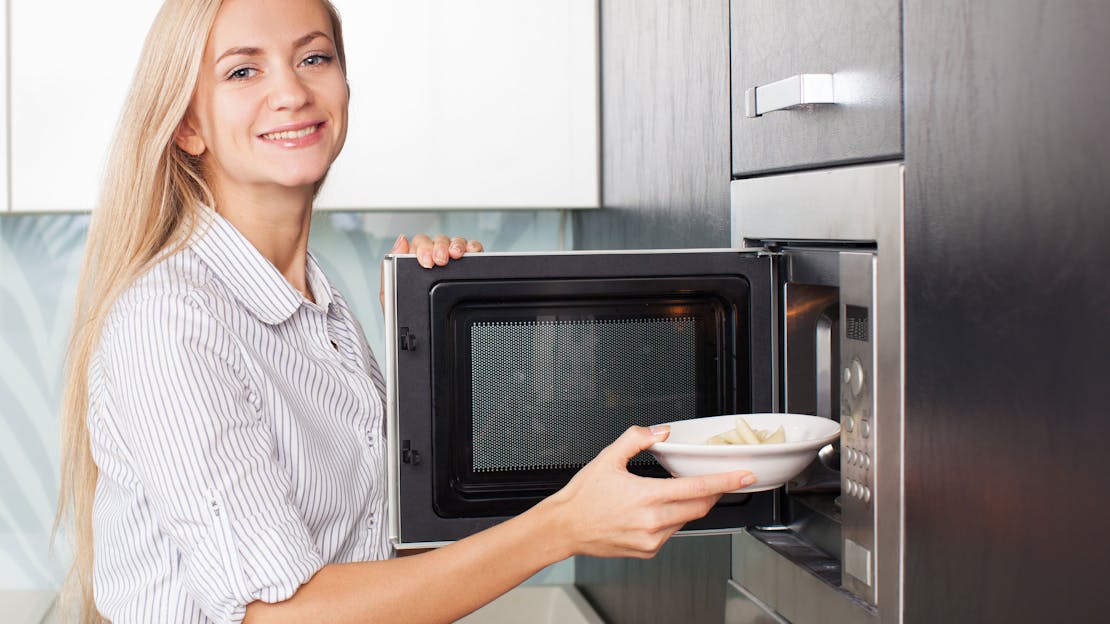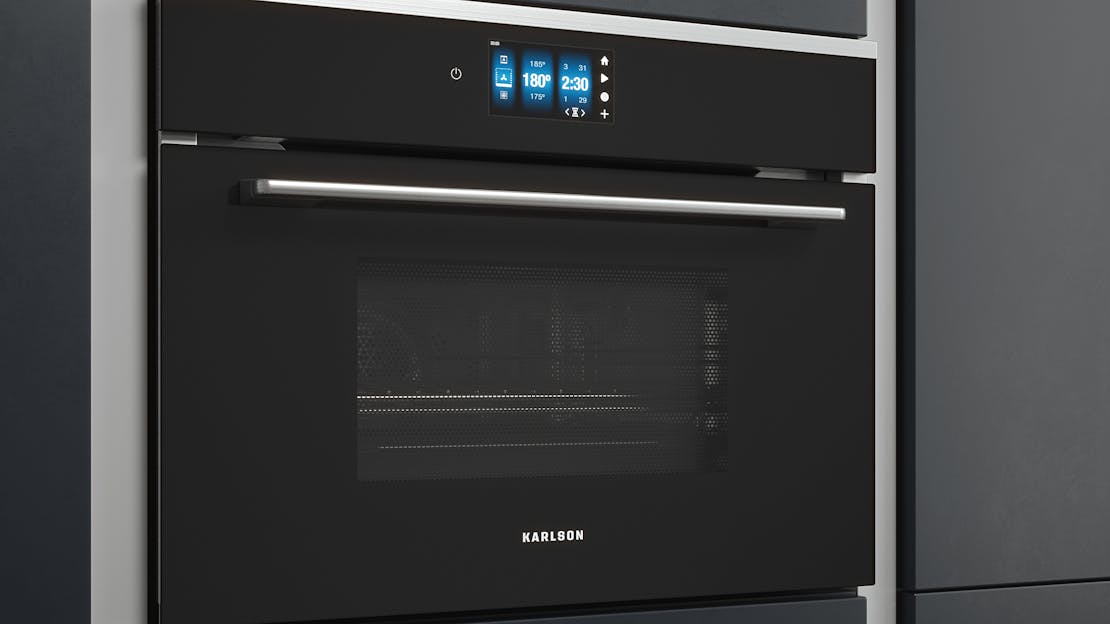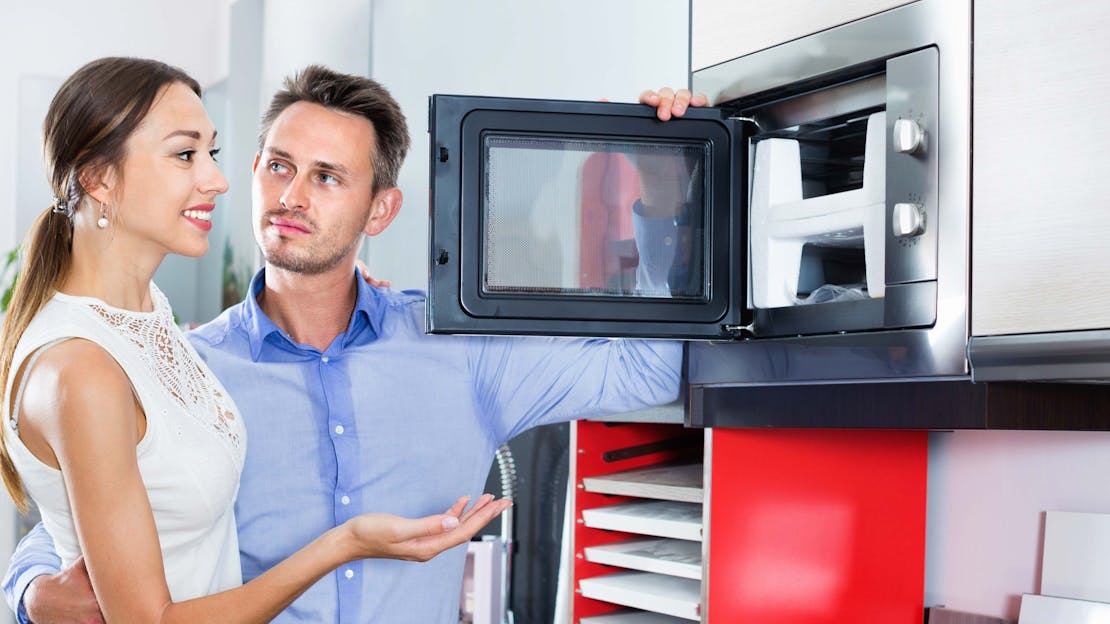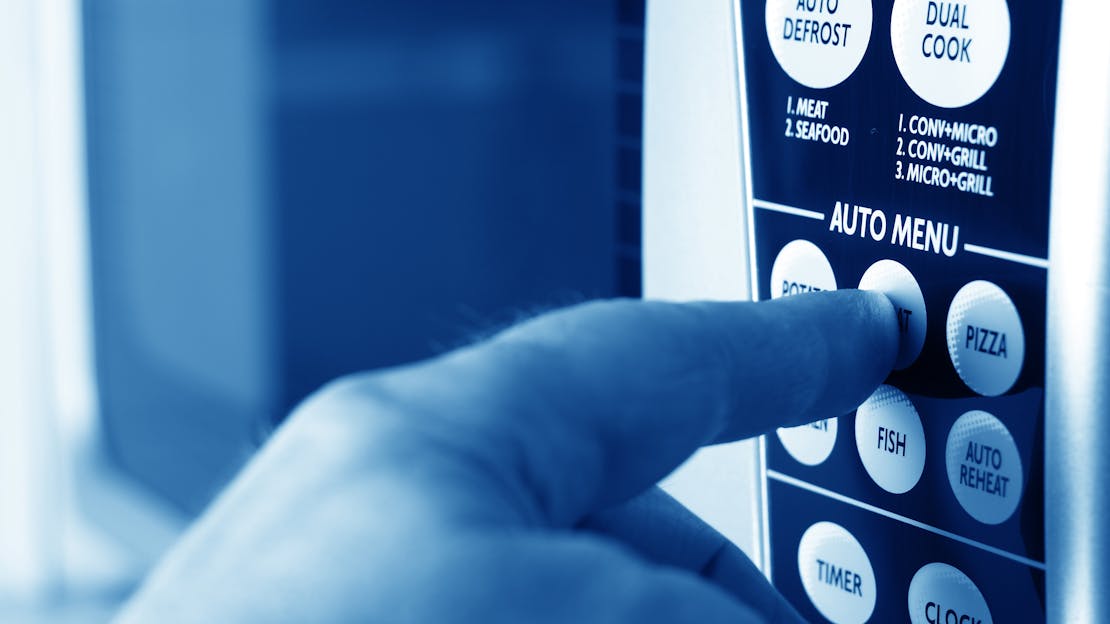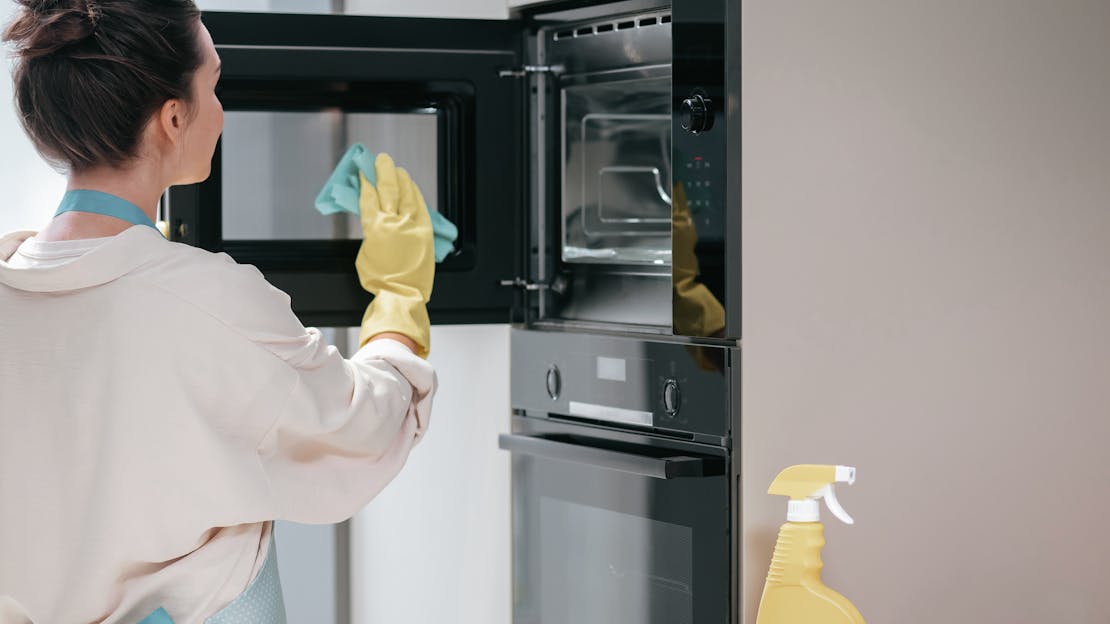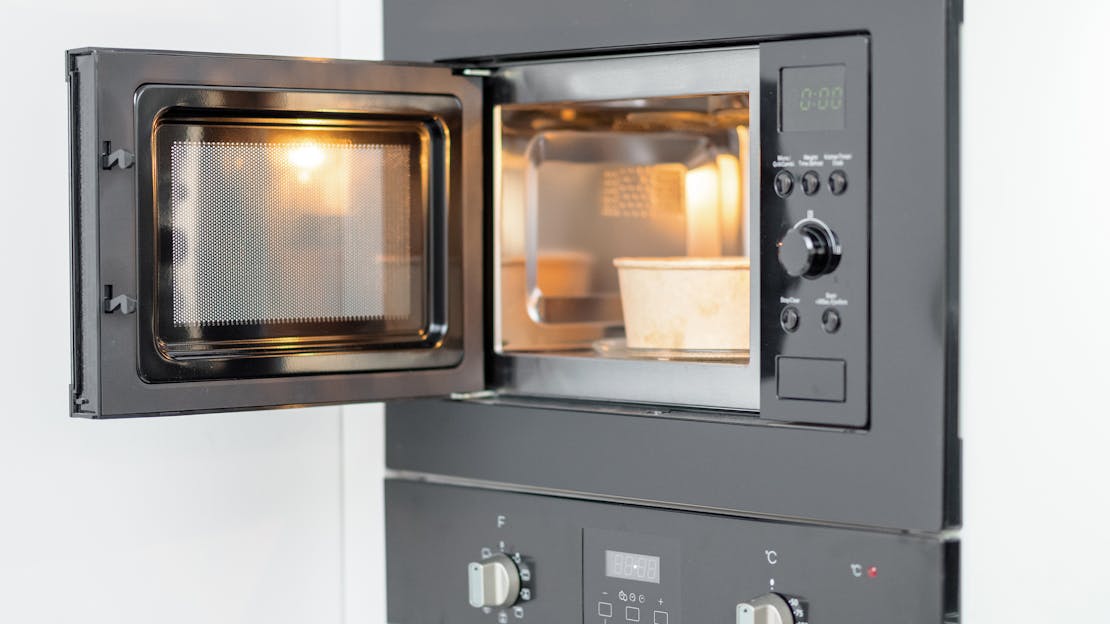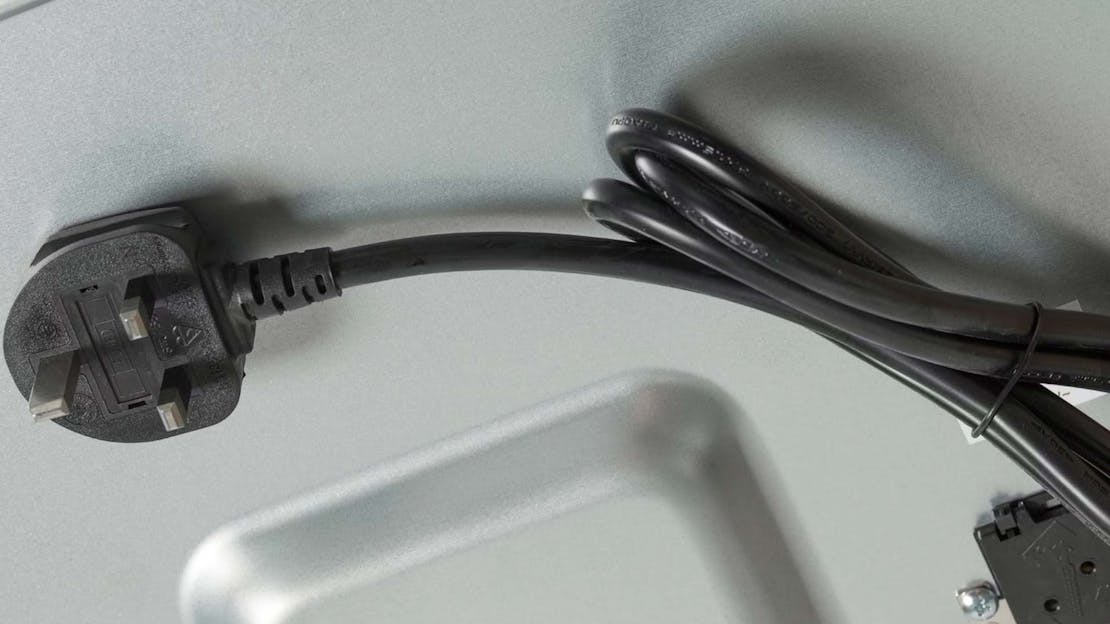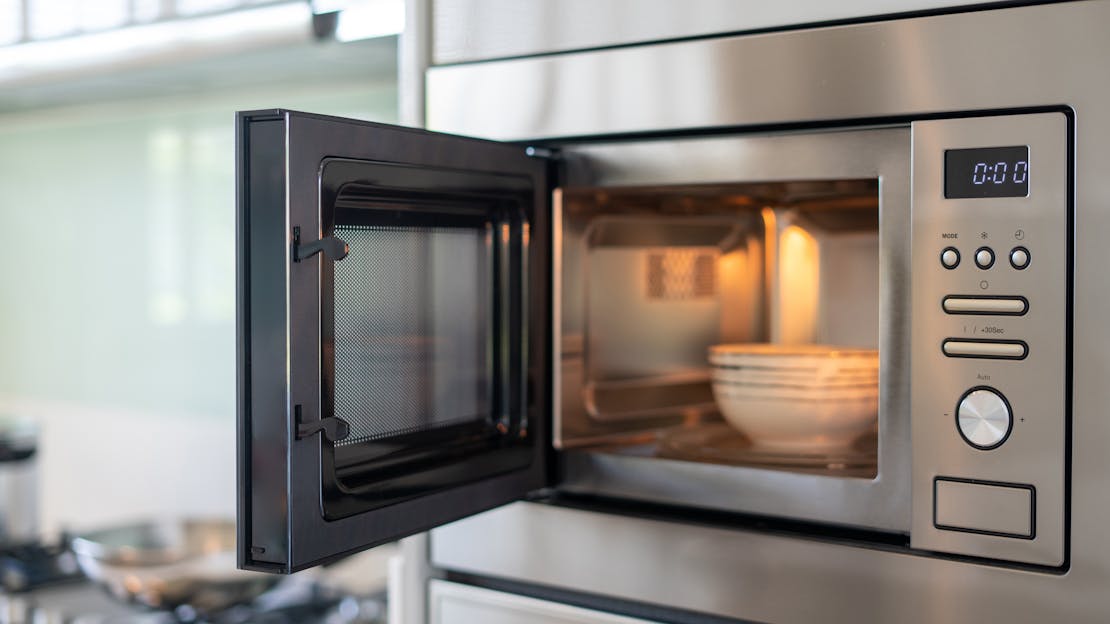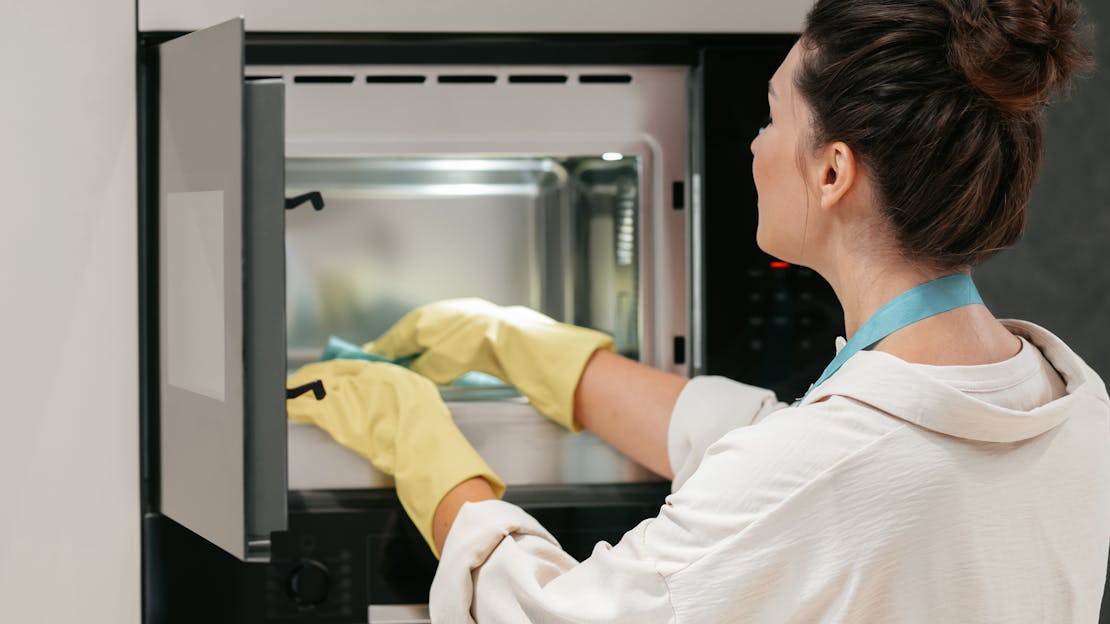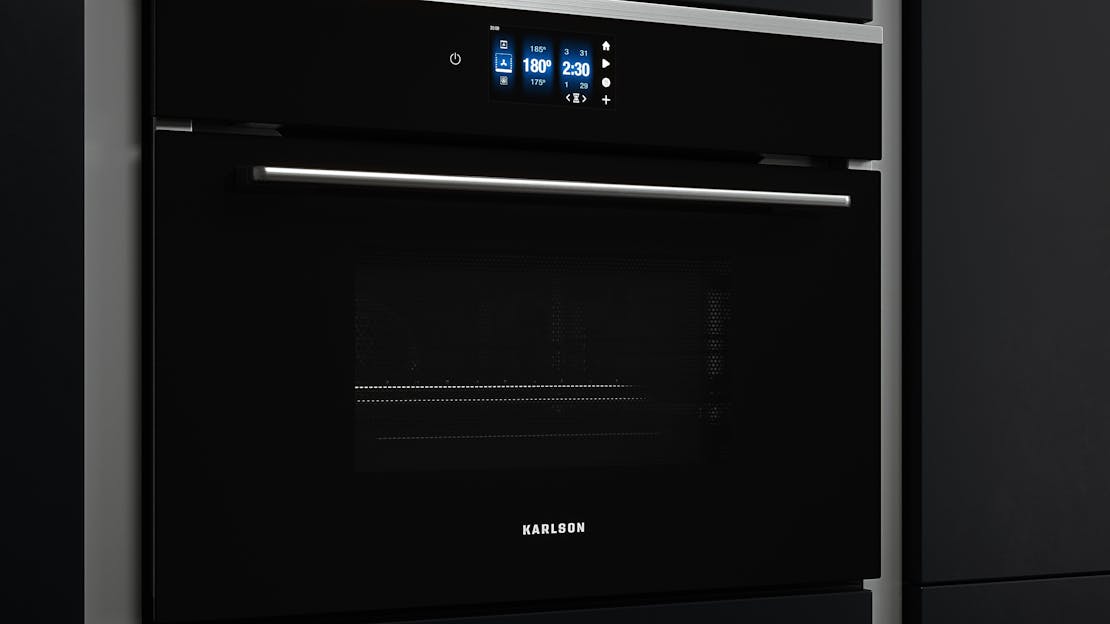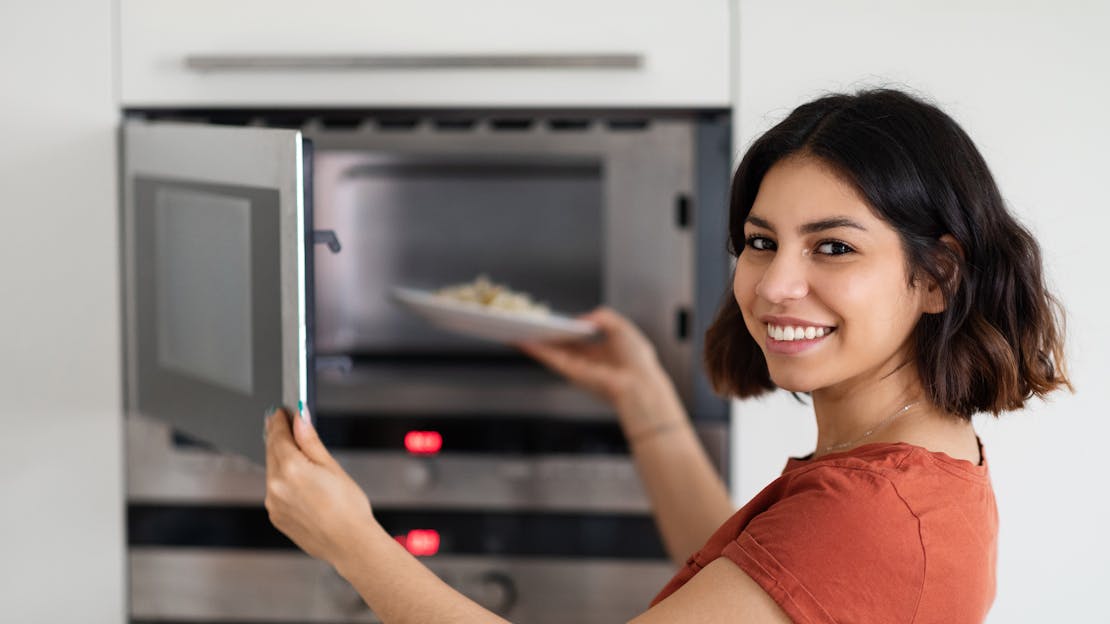
The Ultimate Buying Guide to Microwaves
In this guide, we'll delve into the world of microwaves, exploring their various types and functionalities, and providing you with invaluable tips and tricks to make your microwave a versatile tool in your kitchen arsenal. From the simplicity of solo microwaves to the added versatility of microwaves with grills and the culinary prowess of combination microwaves, we'll break down everything you need to know to choose the right microwave for your needs.
What are the different types of microwave?
Microwave (Solo):
- Basic Functionality: Solo microwaves are the most common and straightforward type of microwave ovens. They are designed primarily for heating and cooking food using microwave radiation.
- Features:
- Solo microwaves typically come with basic features like variable power levels, a timer, and a turntable to ensure even cooking.
- They are suitable for tasks such as reheating leftovers, defrosting frozen foods, and basic cooking like making popcorn or heating beverages.
- Usage: These microwaves are great for individuals or small households who primarily use the microwave for simple food preparation tasks.
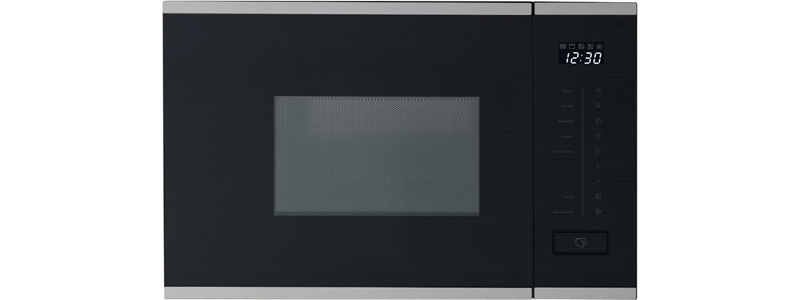
Microwave with Grill:
- Basic Functionality: Microwaves with grills combine microwave cooking with a grill element. They offer more versatility than solo microwaves.
- Features:
- In addition to the standard microwave functions, they have a grill element that allows you to brown and crisp the top of dishes.
- They often come with a grill rack or tray to place food closer to the grill element for better browning.
- Usage: Microwave with grills are suitable for those who want the convenience of a microwave but also want the ability to brown or crisp the surface of dishes, like making toast, melting cheese on a pizza, or grilling sandwiches.
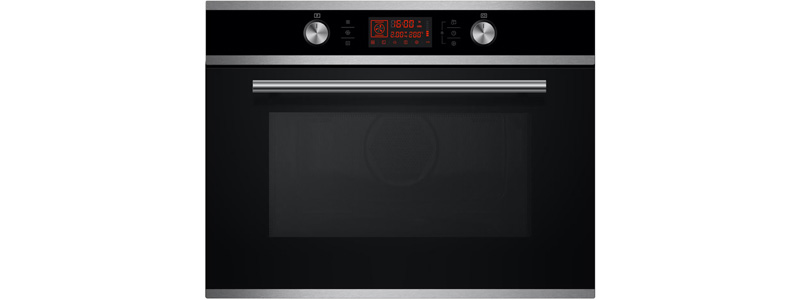
Combination Microwaves:
- Basic Functionality: Combination microwaves, also known as convection microwave ovens, offer the most versatile cooking options among microwave types.
- Features:
- They combine microwave cooking with convection heating and often include a built-in fan for even cooking.
- Some models also have a grill element, providing microwave, convection, and grilling capabilities in one appliance.
- These microwaves usually come with a range of pre-set cooking programs and temperature settings.
- Usage: Combination microwaves are ideal for those who want a single appliance that can perform various cooking tasks. They can be used for baking, roasting, grilling, and microwave cooking, making them suitable for more complex recipes and versatile cooking needs.
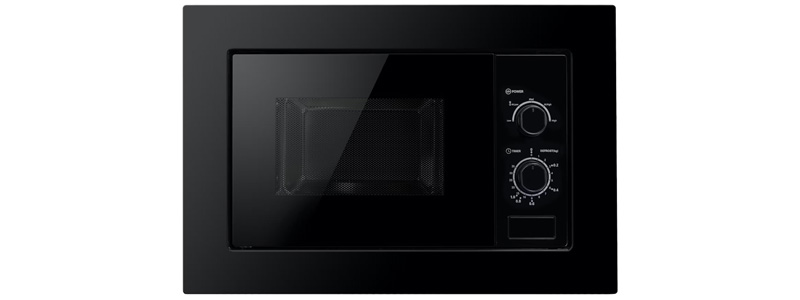
Sizes and styles of microwaves
Microwaves are primarily either built-in or freestanding.
This table provides a quick overview of the key features and considerations for both options. Additionally, we'll touch on microwave capacity, helping you select the right size to meet your cooking and heating requirements.
| Microwave Type | Description | Advantages | Disadvantages | Capacity |
|---|---|---|---|---|
| Freestanding | Standalone units for countertops or stable surfaces. | Easy installation, Portability, Variety of options. | Occupies countertop space, May not seamlessly blend with all kitchen designs. | Varied capacities, from compact to large. |
| Integrated / Built-in | Designed to be installed within cabinets or walls for a custom, seamless look. | Aesthetic appeal, Space optimisation, Customisation options. | Installation complexity, Higher cost. | Varied capacities, similar to freestanding models. |
What is a wall unit microwave?
A wall unit microwave, which is a type of built-in microwave, is crafted for wall mounting and installation within eye-level kitchen units, this microwave boasts a more streamlined depth. Unlike traditional built-in appliances, it doesn't demand the same expansive space, affording you greater flexibility when designing your kitchen layout.
Key features of a wall unit microwave include:
Built-In Design: Wall unit microwaves are specifically crafted to fit neatly within a standard-sized kitchen cabinet or wall recess. They are typically accompanied by a trim kit that matches the surrounding cabinetry, creating a cohesive and tailored look.
Space-Efficient: By integrating into the cabinetry, wall unit microwaves save valuable countertop space. This is particularly advantageous in kitchens with limited surface area.
Aesthetic Integration: The primary appeal of a wall unit microwave lies in its capacity to seamlessly harmonise with the overall kitchen design. It contributes to a neat and unified appearance, without disrupting the flow of the cabinetry and countertops.
Installation: Installing a wall unit microwave is typically more intricate than setting up a countertop microwave. It may necessitate the expertise of a professional, especially if adjustments to kitchen cabinets or walls are required.
Variety: Much like countertop microwaves, wall unit microwaves come in various sizes and with different features. You can select a model that caters to your cooking and heating requirements.
Controls: The operational controls of a wall unit microwave are usually situated on the front panel, making them easily accessible when the microwave is installed within cabinetry.
In essence, a wall unit microwave is a stylish and space-efficient option for those who wish to incorporate a microwave into their kitchen design while maximising countertop space and achieving a seamless look. When considering a wall unit microwave, it's important to accurately measure your available space and seek guidance from a kitchen design or renovation professional to ensure proper fitting and installation.
Other features to look out for on a microwave
When purchasing a microwave, there are several additional features and considerations to keep in mind to ensure that the microwave meets your specific cooking and convenience needs. Here are some features to look out for:
Wattage:
Lower Wattage: Microwaves with lower wattage (around 700-800 watts) might take longer to cook but can be more energy-efficient for tasks such as simmering and defrosting without risking overcooking.
Higher Wattage: Microwaves with higher wattage (typically 1,000 watts or more) cook food more rapidly and evenly, making them suitable for tasks like reheating and cooking.
Size and Capacity:
Internal Capacity: Examine the internal capacity, measured in litres or cubic feet, to guarantee it accommodates your typical cookware, dishes, and larger items like casserole dishes or plates.
External Dimensions: Consider the external dimensions of the microwave to ensure it fits comfortably within your kitchen space.
Convection Cooking:
Versatility: Combination microwaves featuring convection cooking can bake, roast, and brown food, broadening your cooking capabilities and eliminating the need for a separate oven in some cases.
Auto Cook Programs:
Convenience: Pre-programmed cooking settings for common food items save time and effort. By selecting the food type and weight, the microwave sets the appropriate cooking parameters automatically.
Child Lock:
Safety: A child lock feature prevents unintentional operation by children, enhancing safety in households with young ones.
Quick Start/Express Cooking:
Convenience: Quick start or express cooking buttons allow you to initiate cooking immediately at full power with a single touch.
Power Levels:
Versatility: Multiple power levels enable you to adjust cooking intensity for tasks like simmering, softening, or melting without the risk of overcooking.
Stainless Steel Interior:
Ease of Cleaning: Stainless steel interiors facilitate easy cleaning, resist staining, and are less prone to retaining odours compared to plastic interiors.
Control Panel:
Preference: Choose a control panel style that suits your preference, whether it's a mechanical dial, touchpad, or digital display with buttons.
Interior Lighting:
Visibility: Sufficient interior lighting assists in monitoring the cooking process without the need to open the door, preventing heat loss.
Ventilation and Exhaust Fan:
Cooktop Installation: If your microwave is positioned above a cooktop, an integrated exhaust fan can help disperse cooking odours and steam from the stove area.
Eco Mode:
Energy Efficiency: An eco mode reduces power consumption when the microwave is not actively in use, contributing to energy savings.
Brand and Warranty:
Reliability: Consider the reputation and reliability of the brand. Check the length and terms of the warranty to ensure long-term satisfaction with your purchase.
By meticulously evaluating these features, you can select a microwave that aligns with your cooking preferences and requirements, making it a valuable addition to your kitchen.
How to clean a microwave
Cleaning a microwave is a relatively simple task, and there are several effective methods you can use to ensure it's clean and free from food residue and odours. Here's a step-by-step guide on the best way to clean a microwave:
You will need:
- A microwave-safe bowl or container
- Water
- White vinegar or lemon juice (optional)
- Washing-up liquid or a mild cleaning solution
- A sponge or microfibre cloth
- A soft, damp cloth or kitchen roll
Steps:
Safety First: Before cleaning your microwave, unplug it or disconnect it from the power supply to ensure safety.
Remove Debris: Wipe down the interior of the microwave with a dry cloth or kitchen roll to clear away any loose debris, crumbs, or food particles.
Prepare a Cleaning Solution:
- Fill a microwave-safe bowl or container with approximately one cup of water.
- If there are persistent odours or stains, you can add a tablespoon of white vinegar or the juice of one lemon to the water. Both vinegar and lemon have natural cleaning properties and help neutralise odours.
Microwave the Cleaning Solution:
- Place the bowl with the water (and vinegar/lemon, if used) in the microwave.
- Heat the mixture on high for 5-10 minutes, or until the water boils and generates steam. The steam will assist in softening and loosening food splatters and stains on the microwave's interior walls.
Let It Sit: After microwaving, leave the microwave door closed for a few minutes to allow the steam to continue working on loosening the grime.
Carefully Remove the Bowl: Use oven gloves or a tea towel to handle the hot bowl carefully, as it will be very hot.
Wipe Down the Interior: Use a sponge or microfibre cloth dampened with water (or a mixture of water and mild washing-up liquid) to gently wipe down the interior surfaces of the microwave. Be cautious, especially if there are stubborn spots, to prevent scratching the interior.
Pay Attention to Turntable and Ceiling: Don't forget to clean the turntable, support ring, and the ceiling of the microwave. These areas can also accumulate food residue.
Rinse and Dry: Rinse the sponge or cloth thoroughly, and then wipe down the interior again to remove any soap residue. Dry the interior with a clean, dry cloth or kitchen roll.
Clean the Exterior: Remember to clean the exterior of the microwave as well. Wipe it down with a damp cloth or sponge, and then dry it thoroughly.
Replace Accessories: Place the turntable and any other removable parts back into the microwave.
Plug It Back In: Finally, plug the microwave back in or reconnect it to the power supply.
Your microwave should now be clean and free of food residue and odours. Regular cleaning, especially after spills and splatters, will help maintain its appearance and functionality.
Frequently asked questions
What is an integrated microwave?
An integrated microwave, also known as a built-in microwave or built-in microwave oven, is a kitchen appliance designed to be installed into a specific cabinet or wall space in your kitchen. Unlike countertop microwaves, integrated microwaves are meant to be seamlessly integrated into your kitchen's cabinetry, providing a built-in and cohesive appearance.
How does an integrated microwave differ from a countertop microwave?
The key differences between integrated and countertop microwaves are:
- Installation: Integrated microwaves are designed for built-in installation, while countertop microwaves sit on the kitchen worktop.
- Appearance: Integrated microwaves are flush with your cabinetry, giving your kitchen a more polished and cohesive look, whereas countertop microwaves are standalone and visible.
- Size: Integrated microwaves often have a smaller capacity compared to larger countertop models.
- Ventilation: Integrated microwaves are usually equipped with built-in ventilation systems designed for installation in cabinets or over the range, while countertop models typically rely on a built-in fan or external ventilation.
What are the benefits of installing an integrated microwave in my kitchen?
Installing an integrated microwave offers several advantages, including:
- Aesthetic: It creates a seamless and integrated look in your kitchen, making it appear more organised and stylish.
- Space-saving: Integrated microwaves free up valuable worktop space.
- Customisation: You can choose a design that matches your cabinetry and kitchen décor.
- Built-in features: Many integrated models come with advanced features like convection cooking, sensor cooking, and inverter technology.
Can I use an integrated microwave as a built-in or over-the-range microwave?
Yes, you can use an integrated microwave as both a built-in and over-the-range microwave. Integrated microwaves are versatile and designed for different installation options to suit your kitchen layout and preferences.
What are the standard dimensions for integrated microwaves?
There is no one-size-fits-all standard for integrated microwave dimensions, as they can vary by brand and model. However, common heights for built-in microwaves are 35, 45, or 60 centimetres, with standard width and depths similar to conventional ovens and cabinetry.
Are integrated microwaves more expensive than countertop models?
Integrated microwaves tend to be more expensive than countertop models due to their built-in design, additional features, and the customisation options they offer. However, the exact price difference can vary depending on the brand, model, and features.
How do I choose the right wattage for an integrated microwave?
The wattage of a microwave determines its cooking power. Higher wattage microwaves can cook food faster and more evenly. When choosing the right wattage, consider your cooking needs. For most households, microwaves with wattages between 800 to 1200 watts are sufficient for everyday tasks like reheating and cooking.
What features should I look for in an integrated microwave oven?
The features you should look for in an integrated microwave depend on your cooking preferences, but some common features to consider include:
- Sensor cooking: Automatically adjusts cooking time and power based on the food's moisture and steam levels.
- Convection cooking: Allows the microwave to function as a convection oven for baking and roasting.
- Inverter technology: Provides consistent and precise cooking power for better results.
- Auto-defrost: Automatically calculates defrosting time and power settings for various types of food.
Are there any installation requirements or considerations for integrated microwaves?
Installing an integrated microwave may require professional installation, especially if it involves electrical or ventilation modifications. Consider the following:
- Cabinet compatibility: Ensure your cabinet space is the right size and shape for the chosen microwave model.
- Electrical requirements: Make sure there's a dedicated electrical circuit for the microwave to prevent overloading.
- Ventilation: Proper ventilation is crucial, so check if your microwave requires an external vent or has a built-in exhaust fan.
- Safety codes: Follow local building codes and safety regulations when installing the microwave, especially if it involves alterations to your kitchen space.
Top Selling Integrated Microwaves from MyAppliances
Uncover convenience and versatility with our array of integrated microwaves. From standard microwaves for swift heating to grill combination microwaves and convection microwaves for more intricate cooking choices, we cater to every culinary preference. Enhance your kitchen today and delve into our cutting edge microwave solutions.
Everything you need to know about Microwaves
Everything you need to know about Microwaves
Integrated microwaves seamlessly blend into your kitchen design while providing convenient cooking solutions. With their space-saving design and versatile functionality, integrated microwaves offer efficient heating and defrosting options. Explore our articles for expert tips and maintenance advice tailored to optimise your experience with integrated microwaves, ensuring quick and delicious meals with ease in your kitchen.
![The Ultimate Buying Guide for Microwaves]()
In this guide, we'll delve into the world of microwaves, exploring their various types and functionalities, and providing you with invaluable tips and tricks to make your microwave a versatile tool in your kitchen arsenal. We'll break down everything you need to know to choose the right microwave for your needs.
![Integrated Microwave Buying Guide]()
Our sleek and stylish stainless steel integrated microwaves will effortlessly spruce up your kitchen. With safety features and quick start functions, our microwaves offer a range of handy programs.
![Choosing the Right Microwave Wattage for Your Cooking Needs]()
When it comes to selecting the right microwave for your kitchen, comprehending microwave wattage is pivotal. Microwave wattage denotes the amount of power a microwave oven can generate and significantly influences how your food cooks and reheats. In this article, we'll delve into the importance of microwave wattage and how it affects cooking times and outcomes.
![What are the different types of microwaves?]()
This comprehensive guide offers advice on the different types of microwaves available in the market. If you're in the market for a new microwave or simply curious about the various options out there, you've come to the right place.
![What is a microwave grill and how does it work?]()
Join us in unravelling the science, technology, and culinary craftsmanship underpinning the microwave grill, extending an invitation to cooking aficionados and the inquisitive to embrace this fresh facet of contemporary cuisine.
![How to Clean Your Microwave: Our Top Tips]()
Microwave in need of some TLC? If you’re keen to see it looking as good as new, we’ve put together a handy guide for keeping on top of one of your most-used kitchen appliances.
![The Pros and Cons of Integrated Microwaves]()
There are a wealth of elements that go into creating the perfect kitchen, some of them are more ‘technical’ (such as the best layout for your space), and others, well…more exciting…like which wine cooler to choose. Here on the My Appliances site today, we’re focusing on the pros and cons of integrated microwaves. Read on…
![Can I plug a built-in microwave into a standard socket?]()
Yes, certain built-in microwaves can be plugged into a standard electrical socket, just like a countertop microwave. Built-in microwaves are designed to fit within kitchen cabinets or wall units, but they can still be powered by standard electrical outlets.
![Microwave Hacks: Surprising Uses for Your Microwave]()
Join us as we delve into a range of microwave tips that go beyond the ordinary, unveiling the surprising and creative uses for your integrated microwave oven. Prepare to revolutionise the way you think about this kitchen essential!
![How to prolong the life of your microwave]()
How do you get more life out of your microwave? There are the obvious things like keeping it clean and not slamming its door, but what about the not-so-obvious tips? Read our article to discover how to make the most of one of your most-used kitchen appliances.
![FAQ - Microwaves]()
Microwaves have become an indispensable kitchen appliance, offering convenience and speed for reheating, cooking, and defrosting a wide variety of foods. In this FAQ, we'll explore the many facets of microwave ovens, from understanding their different types and features to addressing safety concerns and providing cooking tips. Whether you're a beginner or an experienced cook, this FAQ will help you make the most of your microwave oven and answer any questions you may have.

